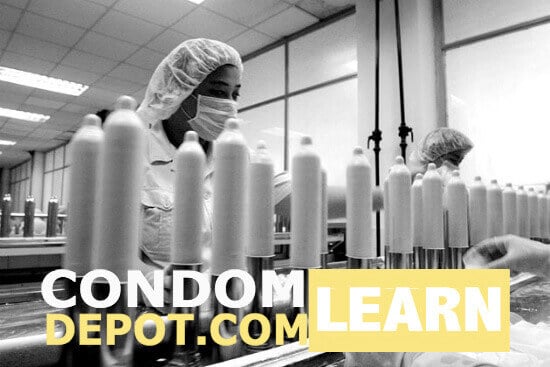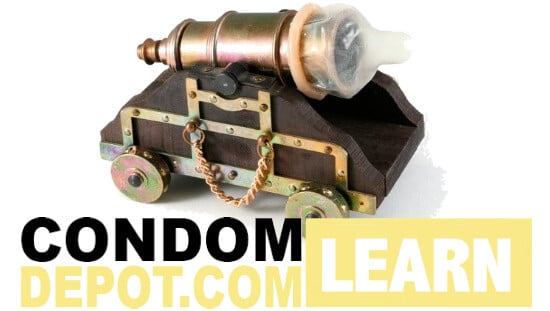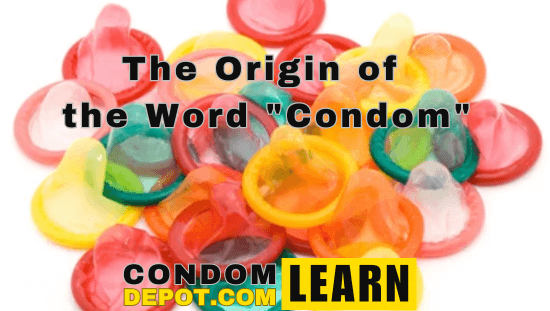Learn

How Are Latex Condoms Made?
Well, wouldn't you know it? Condoms are NOT knit together by tiny latex gnomes (unlike I previously thought). There are four vital steps to making a latex condom: acquiring the resources, shaping the condom, testing the condom, and then packaging it to be shipped out all over the world. So how ARE latex condoms made?
Harvesting the Latex
The vast majority of condoms are made of latex. Latex is a natural product found in about 10% of flowering plants. It's used by these plants as a defense mechanism to repair wounds in the flesh of the plant and keep them from getting infected while they heal. Latex for condoms comes from rubber trees.
First, you have to tap the tree. The bark is cut in a way so that the raw rubber runs out of the tree and can be collected.
Once the latex is harvested, it is brought to the plant where the condoms are made. There, it is sampled and tested to make sure it is viable, and finally it's prepared for production.
Shaping the Condom
Glass tubes shaped like each condom are dipped in the latex until it's completely submerged. That looks like this:
Then they are warmed until dried, before being dipped again to ensure safety.
During this process, the rim of the condom is rolled up and heated to make the elastic band at the end of the condom. Then, the condom is moved on for testing.
Testing the Condom
- Electronic testing: Condoms that are electronically tested are fit over a metal, condom-shaped mold. A charge is then placed through the metal, and if the circuit is completed, then the condom has a defect. Every condom goes through this test as it is not destructive and some brands do it multiple times to each condom to be sure.
The four tests below are only given to randomly selected condoms from each batch. To be sold in the United States, a batch cannot have more than five failures out of every 1,000 condoms.
- Air testing: The air test involves filling a condom with air until it is about three feet tall. If it bursts before then, the condom is considered defective and further tests are done on the batch.
- Water testing: Condoms are filled with ten ounces of water during the water test
They are then tied off, and kneaded by a condom tester to check for leaks and other weaknesses in the condom.
- Tensile testing: The shaft of the condom is stretched vigorously to see if it will break.
- Testing for microbodies: Since condoms are a health and wellness product, it's very important that they are clean. The condom is put into a sterile solution, and then into a petri dish where it can be examined to see if it picked up any germs during production.
Packaging and Shipping
After the batch is declared a success, the condoms are covered in lube (if they're lubricated) or powder if they're non-lubricated (to keep them from ripping), like Trustex Non-Lubricated condoms.
Then, they are placed on a conveyor belt into the packaging machine where the foil package is carefully sealed around each individual condom.
Finally, they are packaged into their boxes and sent directly to us so we can send them to you!











